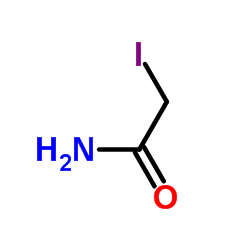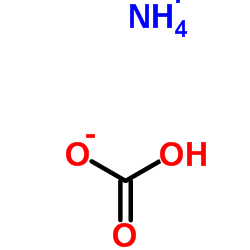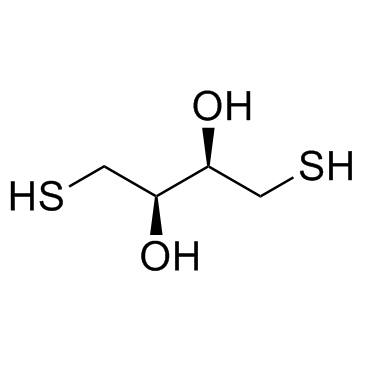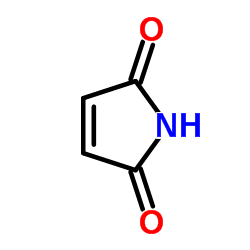| Structure | Name/CAS No. | Articles |
|---|---|---|
 |
Formic Acid
CAS:64-18-6 |
|
 |
Ammonium acetate
CAS:631-61-8 |
|
 |
Acetonitrile
CAS:75-05-8 |
|
 |
Methanol
CAS:67-56-1 |
|
 |
Iodoacetamide
CAS:144-48-9 |
|
 |
Ammonium Bicarbonate
CAS:1066-33-7 |
|
 |
DL-Dithiothreitol
CAS:3483-12-3 |
|
 |
Maleimide
CAS:541-59-3 |